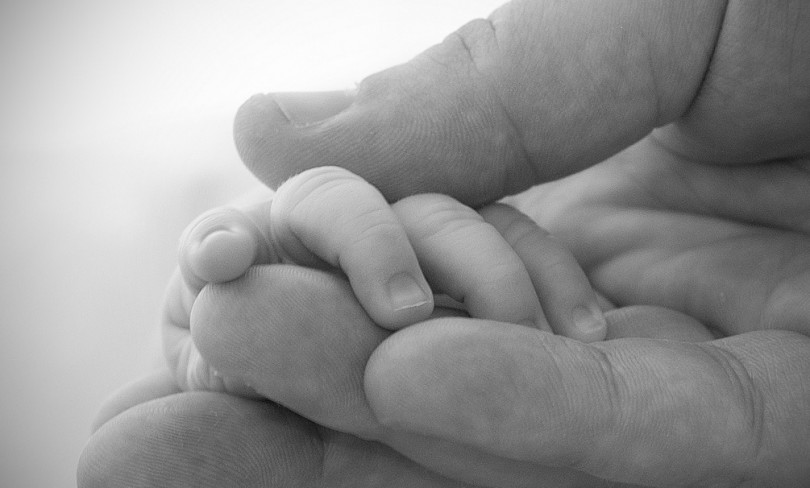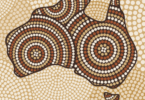Melbourne woman Jacqui and her husband spent six years on a Chinese adoption waiting list before deciding to give up.
There were four other eager couples in their batch of applications from Victoria in 2005, and Jacqui says none were successful: “As far as I know, nobody got their children from that batch.”
Beginning the lengthy bureaucratic process in her late 40s, Jacqui thought her chances of successfully adopting a local child were low, due to an entrenched preference for younger adoptive mothers. Instead, with Chinese heritage herself, Jacqui and her husband applied to adopt a child from China.
All intercountry adoption programs in Australia are state-run, through local Departments of Human Services. The legislation varies in each state, and Jacqui believes Victoria’s is one of the “better” systems.
Nevertheless, she and her husband were subjected to psychiatric and medical tests, police checks, a 200-question examination, full disclosure of their life histories and a written assignment on China.
Jacqui agrees the screening of potential parents should be thorough, but the overly “officious” process, repeated every two years for the duration of their application, left her feeling vulnerable.
Adoption in Australia
The total number of intercountry and local adoptions in Australia has declined dramatically since 2007. Challenging administrative process and long wait times seem partially to blame in recent years, while changing economic and cultural factors may account for the longer-term drop – for example, the stigma once attached to pregnant unmarried mothers has greatly reduced, while access to abortions has increased.
China – once the world’s main source of intercountry adoption since approving the notion in 1992 – tightened its rules for foreign adoption in 2007, contributing to a 90 per cent decline in Australian adoptions from China since 2005.
The graphs below employ data from government reports showing total numbers of intercountry adoptions from 1998 to 2013. The data was cleaned, and extraneous information removed in order to highlight the main material for this story: the overall decline in intercountry adoptions, and those from China specifically. Pivot tables and filtering were used to select pertinent data subsets.
Further perspective on this issue is also provided by the below representation of the overall decline in total adoptions in Australia (both local and intercountry) over the past 25 years.
The future of adoption in Australia
It seems the frustration felt by prospective parents wanting to adopt in Australia is provoking rumblings of imminent change. New federal adoption agency Intercountry Adoption Australia was set up this year to provide guidance to people who want to adopt locally and from overseas.
Recent calls have come from coalition senators to make adoption of local children in foster care easier.
Meanwhile the most solid push for change comes from celebrity adoption activist Deborra-lee Furness, whose Adopt Change agency recently released an advocacy report called Modern Families: Attitudes and Perceptions of Adoption in Australia.
Jacqui welcomes reviews to current adoption processes. She believes nation legislation is important to ensure everyone has the same rules, and processes should be streamlined.
“I’ve met so many people who are quite damaged, because of the process,” Jacqui says. “Our process is very slow and lumpy. There must be better ways to do it.”
Fortunately, the story for Jacqui and her husband has a happy ending.
Just as they decided to withdraw their application to adopt from China, they were put in touch with a local adoption authority seeking prospective parents with Chinese background to adopt a Victorian baby. Jacqui initially thought this unusual offer was a prank. But, a handful of interviews later, they adopted 15-month-old Jake in 2011.
Jacqui feels adopting Jake has completed their family.
“We wouldn’t have ever had children otherwise. It’s a miracle for us.”
Photo courtesy Flickr.






